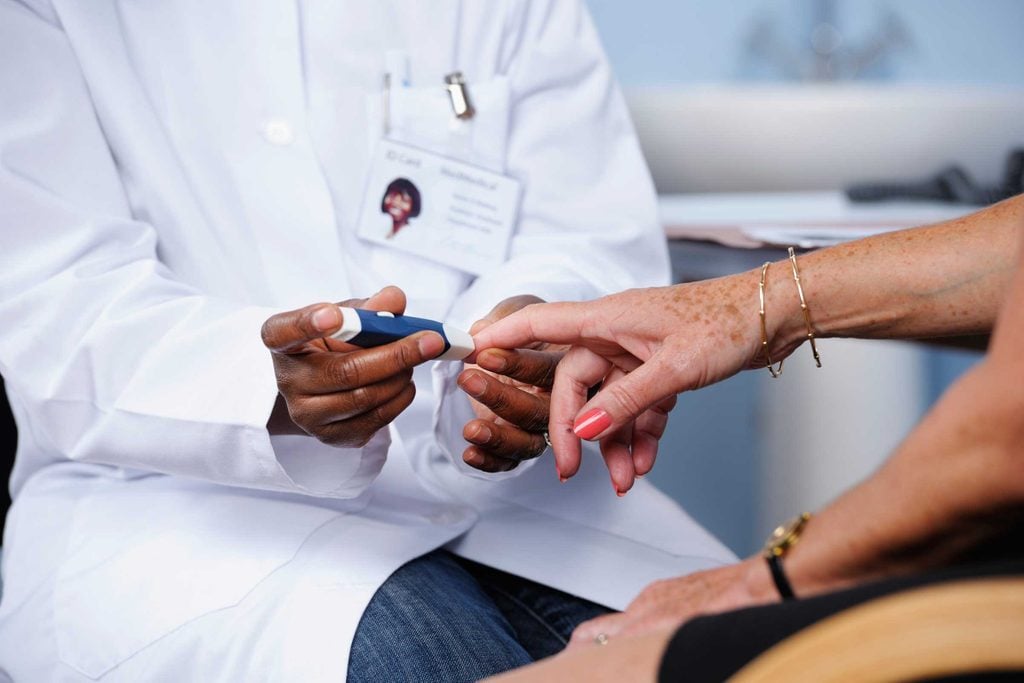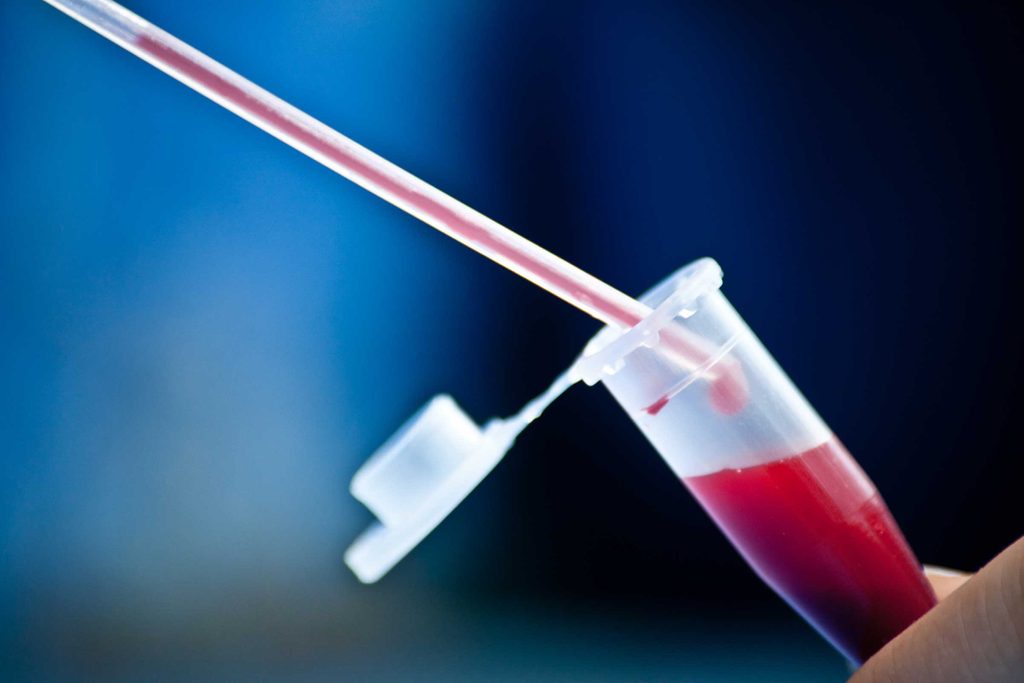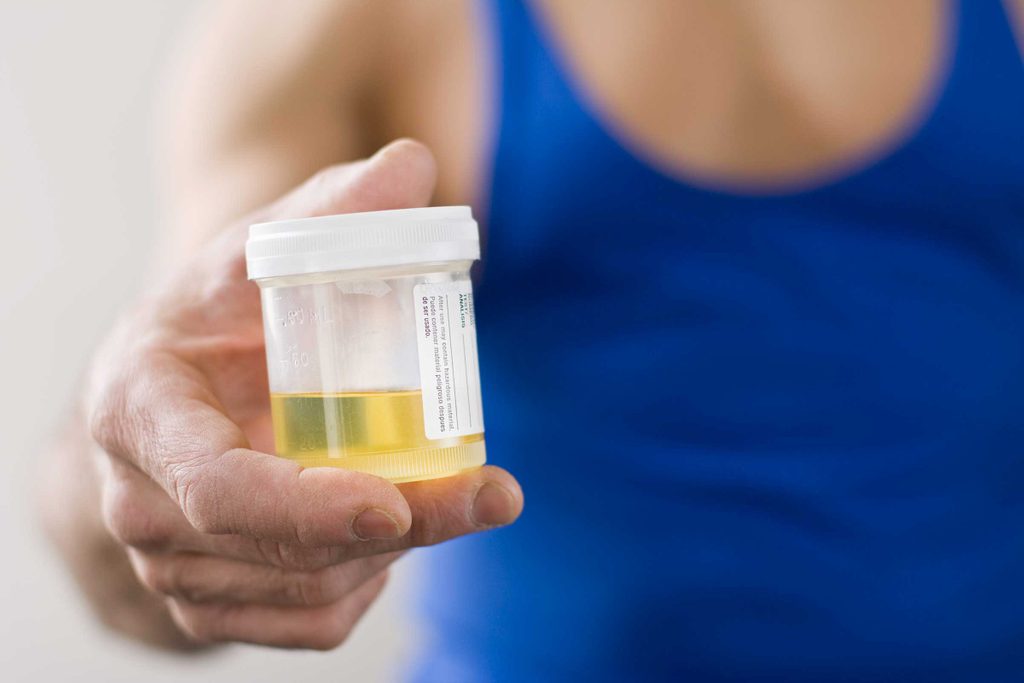Diabetes Tests: A Guide to 8 of the Most Important Tests Diabetics Need
Updated: Sep. 10, 2020
These diabetes tests can give you and your doctor a good sense of how well your blood sugar is controlled and how diabetes may be affecting the rest of your body.
Fortunately, a simple blood test can diagnose diabetes. The ADA suggests three tests that measure blood glucose in slightly different ways. Any one of them can give you the information you need.

1. Fasting plasma glucose test
If you make an appointment to see your doctor today, this is the test she’ll probably schedule for you. And scheduling is definitely necessary, because accurate results depend on your preparing for the test in advance.
How it works: First, you’ll fast for at least eight hours before the test, consuming nothing but water. That way, when blood is drawn, your gastrointestinal system has long since digested all food. As a result, your blood-sugar levels will be at their lowest ebb, providing the bottom measure of what’s typical for you. If you’re healthy, your reading will be 100 mg/dL or lower. If the reading is 126 mg/dL or higher, you have diabetes. If it’s between 100 and 125, you have prediabetes. If your reading crosses the line into a bad-news diagnosis, your doctor may want to repeat the rest on a different day, just to be sure, though if your numbers are through the roof, this may not be necessary.
Why it’s used: The fasting plasma glucose (or FPG) test is the preferred diagnostic tool because it’s easy for both patients and doctors, it’s relatively cheap, and it generally delivers consistent results, a nearly perfect balance of what you want in a test.
For best results: Take the test in the morning, not the afternoon. When researches at the National Institute of Diabetes and Digestive and Kidney Diseases (NIDDK) compared more than 6,000 morning test results with a similar number of afternoon results, the average reading differed by as much as 5 mg/dL. The researchers concluded that up to half the cases of diabetes that would be caught in the morning were being missed in the afternoon. One reason for the discrepancy: People tested in the morning typically go more than 13 hours on average without food, while those tested in the afternoon go only about 7 hours. The NIDDK is now suggesting that different diagnosis standards be developed based on when the test is taken.
2. Random plasma glucose test
This test is also referred to as a casual plasma glucose test. Both “casual” and “random” refer to the fact that you can take the test at any time. No fasting is necessary. Because it requires no preparation, the random plasma glucose test is often done as part of routine blood draws. Your first hint at a diabetes diagnosis may emerge as the result of an annual physical and not from any special effort on your part.
How it works: The procedure is not very different from the fasting glucose test. Blood is drawn and sent to a lab. But when the results come back, the bar for diagnosis is higher because it’s assumed you may have had glucose from food in your blood. In healthy people, normal insulin response usually keeps blood sugar under 140 mg/dL even after eating. If a random plasma glucose test shows a blood-sugar level of 200 mg/dL or higher and you have such symptoms as fatigue, excessive thirst, or frequent urination, it’s quite likely you have diabetes.
Why it’s used: Your doctor may use this when you’ve recently eaten and therefore can’t take a fasting glucose test. Don’t take a single positive result from a random plasma glucose test as the final word. Doctors will almost always insist on confirming such results using a more exact test designed specifically to detect diabetes.

3. Oral glucose tolerance test
This test is regarded as the gold standard for making a clear-cut diagnosis of diabetes, because it assesses blood-sugar levels under highly controlled circumstances and provides extremely reliable results. But because it’s so exacting (not to mention expensive and relatively time-consuming), patients and doctors alike sometimes find the oral glucose tolerance test, or OGTT, to be a less desirable one.
How it works: Like the random plasma glucose test, you first fast for at least eight hours. But this time, that’s only the start. When you get to your doctor’s office, blood is drawn to provide a point of comparison for additional blood samples that will be drawn again two hours later. After the first blood draw, you drink a super-sweet solution containing about 75 grams of sugar (about three time sweeter than an average soft drink). The subsequent blood draw helps plot out a picture of how your body handles glucose over time. Results are compared with a normal range at each measure, but the two-hour mark is especially critical: If your blood-glucose levels at that point are 200mg/dL or higher, you have diabetes- final answer. If it’s between 140 and 199, you have prediabetes.
Why it’s used: A more exact test is sometimes needed when results from other tests are less conclusive than your doctor would like. Let’s say you have a strong family history of diabetes and are experiencing obvious symptoms but neither form of plasma glucose test has confirmed a diagnosis. Or a random plasma glucose test comes back over 200 mg/dL but you have no symptoms. In cases like these, your doctor will fall back on the gold standard for an unequivocal result. A version of the oral glucose tolerance test is also the preferred tool for detecting gestational diabetes, although the diagnostic criteria are slightly different for pregnant women.
What you should know: Watch what you ingest before the test. Because of the test’s sensitivity, OGTT results can easily be skewed by foreign substances in the blood. In particular, let your doctor know if you’re taking any kind of medication (including birth-control pills) or herbal or nutritional supplements, since they may boost blood-sugar levels. For ideal results, some doctors recommend that you consume a lot of high-carbohydrate foods for three days before the test in order to mimic a standard diet.
4. Creatinine
If there are concerns about kidney damage, your doctor may suggest this blood test. Creatinine is a waste product that is normally removed from the body by the kidneys, but as kidney disease progresses, the level of creatinine in the blood increases.

5. Cholesterol and triglycerides
This blood test, usually done annually, check your levels of three kinds of fats. LDL, or “bad” cholesterol, is a waxy fat that can build up and harden on the walls of your arteries. Levels of LDL should be 100 mg/dL or less. HDL, or “good” cholesterol, is a healthy fat that actually removes the LDL from your veins and arteries. You want your HDLs to total 45 md/dL or more. Triglycerides are the circulating storage form of fat, which your body produces from excess glucose or fat. Too much can cause hardening of the arteries. Your levels should be less than 150 mg/dL.
6. Glycated hemoglobin
Also called the hemoglobin A1C test, this is sometimes used after a diagnosis to get a better idea of your blood-sugar patterns, but it’s most commonly used to monitor your condition as you continue living with your disease. Its main benefit: Rather than assess your blood-sugar at a specific moment in time, it surveys what’s happened with your blood-sugar patterns over two or three months by looking at glucose deposits on a specific type of cell.

7. Urine
Your urine may also be tested by measuring albumin, a protein whose presence indicates early stage kidney damage. Usually performed annually, this test shows how well your kidneys are functioning.
8. Finger prick
Tests in which a small drop of blood is squeezed from a fingertip onto a special test strop that’s read by a glucose meter are key to daily home monitoring that your doctor will likely recommend once you’ve been diagnosed. Glucose meter tests are fine for daily tracking but don’t offer the kind of precision needed to make a diagnosis that will affect the rest of your life. The American Diabetes Association has stated that do-it-yourself monitoring devices are 10 to 15 percent accurate than professional laboratory tests. If a healthcare professional gives you a finger-prick diagnosis at a local health fair, take it as a warning, then get your doctor for follow-up tests to be sure.